To prune or not to prune...
ReedBaize
11 years ago
Related Stories

WINTER GARDENINGPruning Secrets for Exquisite Roses
Encourage gorgeous blooms year after year with this time-tested advice on how to prune your rosebush in winter for health and shape
Full Story
GARDENING GUIDESHow to Prune Your Flowering Shrubs for the Best Blooms
Less is often more when it comes to properly pruning flowering shrubs. Here’s what to do and why
Full Story
GARDENING GUIDESGot Frost-Damaged Plants? How It Happens, and When and How to Prune
Crispy brown leaves are a sure sign that Jack Frost has been to your neighborhood
Full Story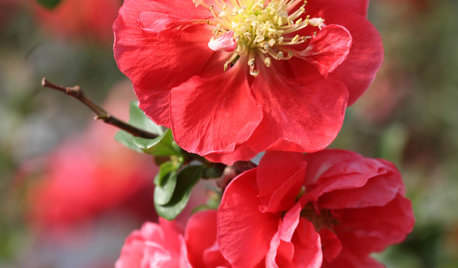
WINTER GARDENINGCalifornia Gardener's January Checklist
Winter-defying blooms and pruning saws earn a cheer, while California-focused gardening design books get a well-deserved shout-out
Full Story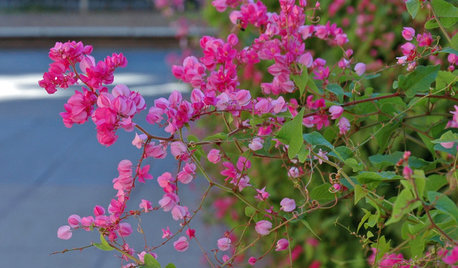
GARDENING GUIDESSouthwest Gardener's March Checklist
Dust off your gardening tools and get busy pruning to help your trees and plants reach their full potential
Full Story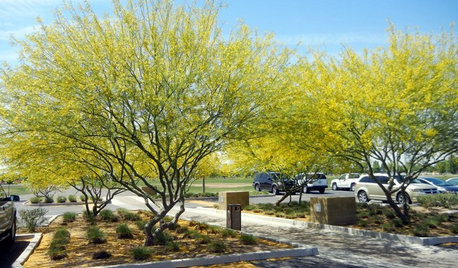
SOUTHWEST GARDENINGSouthwest Gardener's May Checklist
Let May's warm temperatures guide your edible and flowering garden plantings, and don't forget to protect and prune your picks
Full Story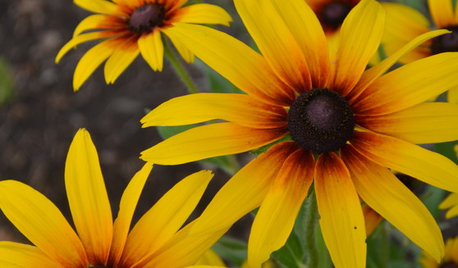
GARDENING GUIDESSouthwest Gardener's July Checklist
Hold on to your hat and prune those tree branches; monsoon season means damage prevention is key
Full Story
GARDENING GUIDESPacific Northwest Gardener: What to Do in June
Now's the time to prune pines and vines, prevent pests and buy June-blooming plants to keep your garden healthy and beautiful
Full Story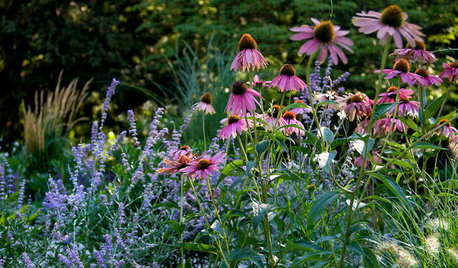
MOST POPULAREnjoy Your Summer Garden — Here’s What to Do in July
Our July gardening guides take the guesswork out of summer watering, pruning and planting. See our tips for your U.S. region
Full Story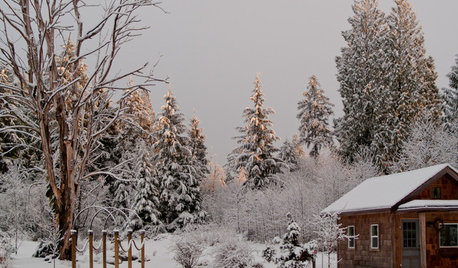
NORTHWEST GARDENINGPacific Northwest Gardener's January Checklist
Planning, pruning and planting now will help your garden flourish in the coming year
Full StorySponsored
Columbus Area's Luxury Design Build Firm | 17x Best of Houzz Winner!
More Discussions






Okiedawn OK Zone 7
ReedBaizeOriginal Author
Related Professionals
Citrus Heights Landscape Architects & Landscape Designers · Carson Landscape Architects & Landscape Designers · Dunwoody Landscape Contractors · Garland Landscape Contractors · Lexington Landscape Contractors · Live Oak Landscape Contractors · Milton Landscape Contractors · Oklahoma City Landscape Contractors · Soddy Daisy Landscape Contractors · Tustin Landscape Contractors · Chandler Decks, Patios & Outdoor Enclosures · Medford Decks, Patios & Outdoor Enclosures · Monroeville Decks, Patios & Outdoor Enclosures · New Lenox Decks, Patios & Outdoor Enclosures · Philadelphia Decks, Patios & Outdoor EnclosuresOkiedawn OK Zone 7
ponderpaul
susanlynne48
ponderpaul
susanlynne48
Okiedawn OK Zone 7
ponderpaul